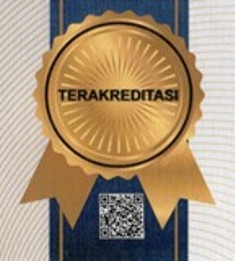Evaluation of Land Suitability and Financial Feasibility analysis For Land Use Planning in Riau Province
DOI:
https://doi.org/10.24036/sjdgge.v3i2.214Keywords:
Land suitability, financial feasibility, land planning, peat soil, plantation commoditiesAbstract
Land suitability evaluation and financial feasibility analysis are very important and necessary in land use planning, including which will develop plantation crops on peatlands. The purpose of these activities are to evaluate the suitability of the land and analyze the financial feasibility of agricultural commodities that will be developed namely coconut, sugar palm, areca nut, fragrant lemongrass and sugar cane. Land evaluation uses a survey method to collect data and information in the field and soil samples to be analyzed in the laboratory. Field data and the results of soil analysis obtained were analyzed using the Matching method (comparing the requirements for land use of commodities to be developed vs. Land quality). To facilitate reading the suitability of commodities to be developed, a land suitability map is made using Arc-GIS software. Financial feasibility analysis using investment valuation in financial aspects is assessed by the following criteria: Net Benefit Cost Ratio (BCR), Internal Rate of Return (IRR) and Net Present Value (NPV). The results showed that the commodities of sugar palm, coconut, areca nut, lemongrass, and sugarcane were in S3 land suitability classes (according to marginal) with limiting factors for root media, nutrient retention, and nutrient availability. The area for the development of sugar palm and coconut is 1,952 ha or around 27.1% of the PT. Uniseraya land, while areca nut, lemongrass and sugar cane are 1,466 ha or around 20.4%. If the planting system is carried out in monoculture, the commodity that provides the greatest benefits is Aren, then followed by Serai Wangi, Sugar Cane, Coconut, and Areca Palm. If the most beneficial polyculture is planted, Aren + Serai Wangi polyculture; then followed by Coconut + Aren; Kelapa + Lemongrass + Coffee; and Pinang + Lemongrass fragrant.












